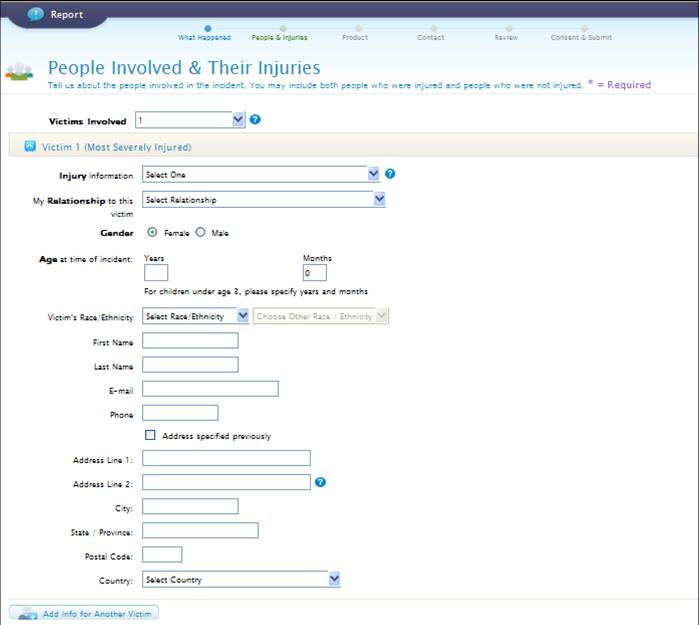The very best consumer products complaints database would be one which allows manufacturers to thoroughly vet each complaint – no matter how many years it takes; one that would be accessible to the public, unless that member of the public is a plaintiff’s attorney or a reporter; or one that prohibits complaints that might tarnish an industry’s reputation. In other words, a database that preserves the status quo.
At least, that’s how manufacturers see it. The U.S. Consumer Products Safety Commission held the first of several public hearings Wednesday on the creation of a publicly accessible and searchable consumer complaints database, now required by the Consumer Product Safety Improvement Act.
Under the infamous Section 6B of the Consumer Product Safety Act, manufacturers basically have all the control when it comes to allowing the U.S. Consumer Product Safety Commission to disclose negative information about their products. The provision allows a company to wash any data it deems “inaccurate” and even allows a manufacturer to sue to prevent the release of such information. The creation of a publicly accessible database means that manufacturers are no longer the gatekeepers of information.
At Wednesday’s hearing, six industry representatives wasted no time in warning the commission about the barbarians at the gate: trial lawyers. The U.S. Chamber of Commerce, and attorneys for the garage door and home appliances industries carefully wrapped their arguments around the concept of “accuracy.” Rick Woldenburg, the head of an educational toy company, and a vociferous critic of the CPSIA, went for the jugular, warning that the database could become “a breeding ground” for litigation, and touch off a “feeding frenzy” at the plaintiff’s bar.
[flashvideo file=video/20091110_Woldenberg.flv image=”video/Woldenberg.jpg” /]
Newly-appointed Democratic Commissioner Bob Adler reminded industry that the CPSIA database was not going to be perfect, nor built on the foundation of manufacturers’ worst fears.
[flashvideo file=video/20091110_Adler.flv image=”video/Adler.jpg” /]
Lawyers from Public Citizen, the Consumers Federation of America and Consumer Union countered that a database would restore some of the balance and transparency to the process and generally applauded the mandate.
Safety Research & Strategies President Sean Kane injected some much needed reality into the proceedings. He reminded the CPSC that the National Highway Traffic Safety Administration has hosted a publicly accessible complaints database for years without bringing the auto industry to its knees. He also showed them how SRS’s model, the Vehicle Safety Information Resource Center (VSIRC) database, took the scattered NHTSA data and transformed it into a useful tool with a simple, user-friendly interface.
Newly appointed commissioner Anne Northup, who apparently was charged with handling the left field, was not persuaded. She had spent most of the hearing querying each panelist if they thought the commission could be sued for posting inaccurate information on its new database. But she tipped her hand after Kane’s presentation. Apparently Commissioner Northup actually feared for the liability of manufacturers. She accused Kane of shilling for plaintiff’s lawyers and ventured that the new database could create opportunities for lawsuits. Wielding her Blackberry like an avenging sword, Northup read from what she said was SRS’s website, with copious links to victims’ attorneys. It was not SRS’s website. But Northup wasn’t about to let the facts get in the way of her point. When Kane tried gently to correct her, she admonished him: “Don’t interrupt me.”
[flashvideo file=video/20091110_Northup.flv image=”video/Northup.jpg” /]
Kane also corrected Northup’s premise: Data doesn’t create lawsuits. Lawsuits over a death or serious injury prompt the government to collect the data to see if further action is needed, he told her. But don’t let the facts get in your way.
